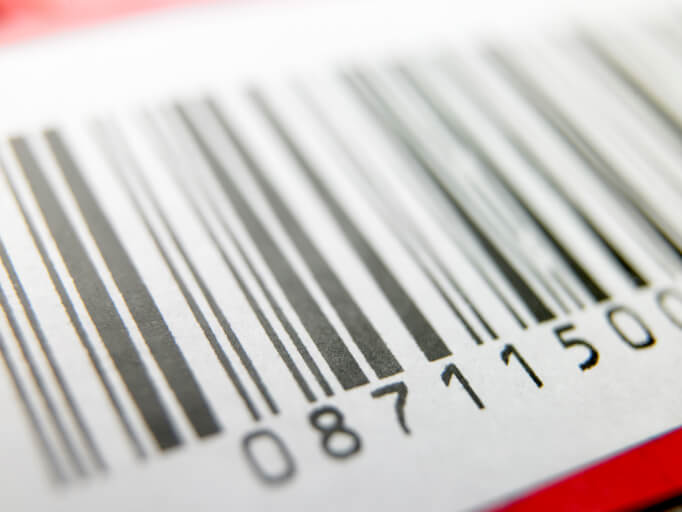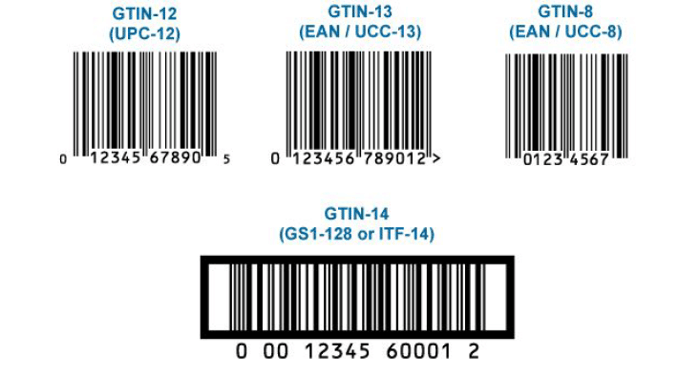
After May 16, 2016, Google will require that all brand-name products that have an associated GTIN must be accounted for in product data feeds for Google Shopping campaigns. This means that you or your advertisers must ensure that GTINs are entered properly into product data feeds in order to run Offers in Google Shopping campaigns for those products.
Overview
In 2015, Google began requiring Global Trade Item Numbers (GTINs) for products from a list of 50 brands.
Going forward into 2016, Google’s requirements for GTINs will expand beyond those 50 brands to include all products with a GTIN assigned by the manufacturer.
Why Google is making these changes?
GTINs help Google understand exactly what you're selling. When Google understands what you're selling, Google can help boost your ad performance by adding valuable details about the product and serving the ad in a more relevant way to users. This also means that your ads can serve in more places on Google, YouTube, and Google’s partner sites.
Merchants who've added correct GTINs to their product data have seen 40% more clicks and exposure in more types of Shopping ad formats. Merchants who added GTINs to their feed saw an increase of up to a 20% lift in conversion rates.
What It Means For You
If you sell brand name products that are sold by multiple merchants, you should take a close look at the new requirements and double check that your product data is correct and up to date.
If you sell used, custom, handmade, or vintage products, this change probably won't impact you. You can still improve your ad performance by adding unique product identifiers to your product data where they're available.
What You Need To Do
If you're targeting Australia, Brazil, the Czech Republic, France, Germany, Italy, Japan, the Netherlands, Spain, Switzerland, the UK, or the US, submit correct GTINs and the corresponding brand for all new, instock products that have GTINs assigned by the manufacturer.
Timeline
- February 8, 2016: Warnings begin. “Missing GTIN” and “Invalid GTIN” warnings began to appear in your account for products that don’t meet the requirements. Please note that “Coupon code GTIN”, “Restricted usage GTIN” and“Ambiguous GTIN code” will not be enforced.
- May 16, 2016: Disapprovals begin. You'll start to see disapprovals in your account for products that don't meet the requirements. After this date, you'll need to meet the GTIN requirements to continue serving ads for your products.
How can I get correct GTIN values for my products?
GTINs also referred to as UPCs, EANs, JANs and ISBNs are used by the brandname manufacturers of a product to uniquely identify it. They are the number printed on the product’s package in one of the following bar code formats:

The majority of retailers and distributors use GTINs to identify brandname products in their inventory, fulfillment and accounting systems so if your feed currently does not include GTINs, you can likely get them from elsewhere in your organization. If you do not physically manage your own inventory, you can request a list of GTINs from your distributor or the manufacturer from which you purchase your products.
Important: do not create values for GTINs or purchase your own GTINs to fulfill this requirement as this will result in your offers being disapproved. If you believe an item was incorrectly disapproved or legitimately does not have a GTIN, you can request a manual review.




Leave a reply or comment below